
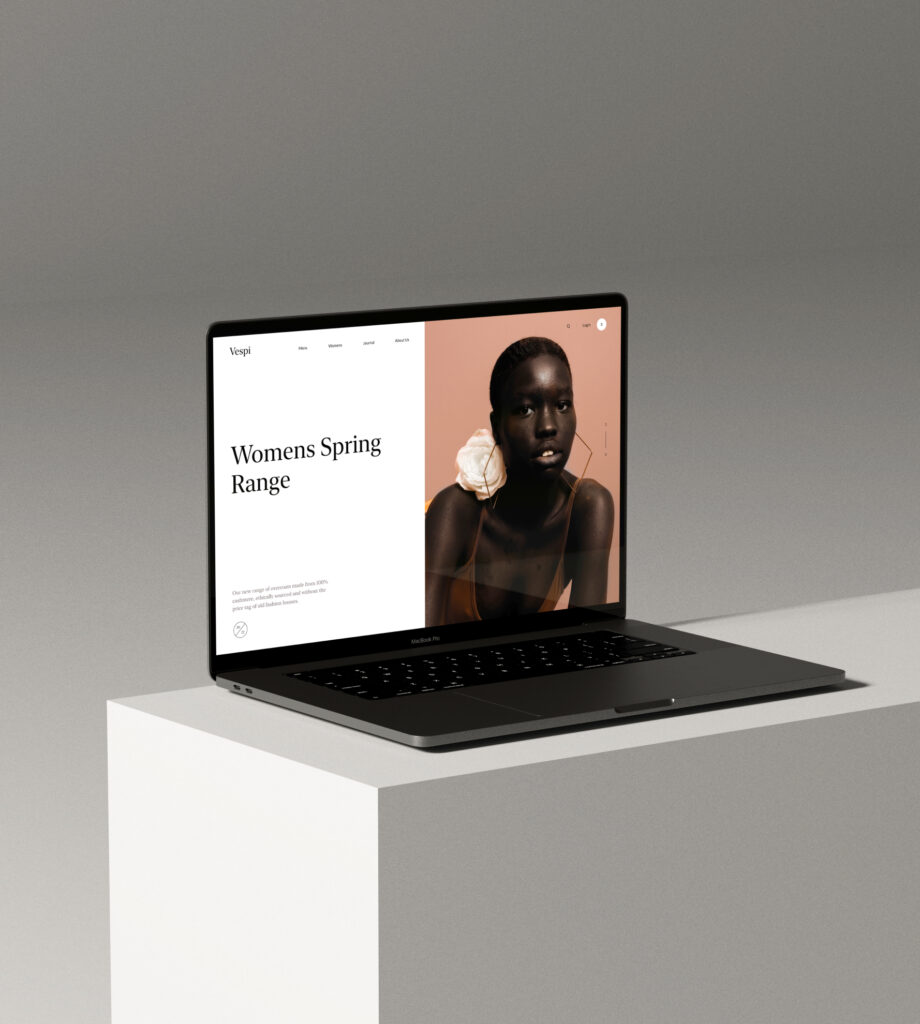
Throughout my career I've looked through thousands of portfolios. On both ends, as someone hiring but also as someone trying to land a role or a gig.
Over that time I've also helped countless designers craft effective portfolios.
Through all that experience these are my tips for crafting a successful portfolio.
1. Start at the end and work backwards
What is the purpose of your folio? Rank and be clear on your goal because this will dictate how you approach your design. Use this as the drivers for your design decision making before you get into using cool fonts, trendy layouts and animation that will get you likes on social media. Don’t blindly do what everyone else is doing.
What outcomes do you want from your folio?
- Is it to land a job?
- Is it to land freelance clients
- To build brand awareness or to show your body of work?
- To connect with others?
- To build authority?
- To express your creativity? etc.
Intention drives outcome.
So once you have a clear idea of what you want to happen, you have to reverse engineer that with your solution. How do we design and craft a folio that will help us reach our goals and deliver an outcome that we want.
ie. A job at Google or AirBnb for example.
Think about what you need to do and work backwards from there. Find people who work at Google or Airbnb - offer them value first. And then ask specifically what you need to get your foot through the door.
2. Understand who you are reaching
Like all design projects it’s important to understand your audience. Identify, empathise and get into the minds of the people that you are designing for. The more you understand your users the better you can anticipate their needs and connect with them on a deeper level.
- Who are they?
- What are their thoughts?
- What should they feel?
- What are they thinking?
- What do they want?
Group and identify who they are. And then consider to use tools like an Empathy Map for your different user groups to get your mind ticking. (You don’t have to use this but it can be helpful)
You may be thinking it’s just a folio what does it matter – I’ll just show my work. But if you are clear with your intentions and goals – you can make your folio stand out for the right reasons and cut through the noise. The way you showcase your work, the language that you use and what you focus on will be tailored perfectly to your audience.
The way you speak to a Hiring Managers/Design Executive who is looking to hire might be completely different to a direct client who wants to boost their sales.
For example:
Hiring Managers/Design Executives may be short on time so they need a snapshot of what you do quickly. Maybe having 20 projects is not the way to go. They care more about your craft, thinking and if your personality is a cultural fit for their agency or company.
- Can you do the job that needs to be filled. Have you done similar work to what we do?
- Are you going to be a risk factor? Or a perfect fit.
- Do you use the same tools and methods that we do? Figma, design thinking etc.
- What is your design experience background where else have you worked?
- Do you show that even IF your work is not up to standard yet - that you can learn and how long will that take?
- Are you recommended by someone I know and trust in my circle? (this one is huge)
No one wants to look bad and make a bad hire. So the trick is to tick all the what if questions people might have. Remove all the risk factors as much as possible.
Whereas a direct client may care more about who you’ve worked with (so their time and money won’t go down the drain) – to see what kind of results you have driven for other clients. You are building trust through your work and what you communicate. So in your folio you will showcase how a redesign was able to give a site 45% increase in sales or traffic. And really prioritise and make this metric shine in your folio.
If you understand your audience you can anticipate their needs and create an experience that connects. You will know what they ‘value’ and what they seek. You will be helping them connect the dots. When you create a positive impression or experience – you are giving them something enjoyable.
And as a rule of thumb ‘always give before you ask’. Offer something of value and enjoyable upfront first before asking. With something like hey “PLZZZZ HIRE MEEE!! OR GIVE ME YOUR MONEY!”.
3. Share who you are, who you've worked with and how you think
If you are looking for a more senior role it’s imperative that you have a track record. Some social proof, show your thinking and process. Who you've worked with matters - because it reduces hiring risk and creates desirability from companies in similar industries or verticals.
Even if you are starting out. Show what inspires you, show the work that you admire and aspire to do. Run through what you’ve worked on, how you solve design challenges and where you want to be.
1. So one way to showcase this is through detailed case studies. And even if you just do 1 brilliantly that is all you need to setup an interview. Want a reference on a great case study? Super oldie but a goodie – Michael Evenson on the Soundcloud App design. Or you can do it simply like Koto Studio https://koto.studio/work/whatsapp/
2. And the second thing is a blog or journal. Talk about your journey, who are you? What do you think about? What are you interested in culturally? And what inspires you? We are all just consuming content that are a series of 1’s and 0’s on a screen.
But on the other end is just a person, make that connection. Understanding how to write will make you a better designer. Learning how to empathise and connect with people will make you a better designer. Showing your process will make me and others understand what kind of designer you are.
3. Or you can skip the blog or journal and engage in online communities. Twitter, Dribbble, Slack, LinkedIn, Tiktok, Youtube - these are all areas where you can connect with others in the space. Share your opinions and ideas on any platform. Or just listen and say thank you. Just be around and your environment will make genuine connections.
Sometimes the best thing to land a job is just to get a recommendation from someone people trust. If people see your face overtime they are more likely to know, like and trust you.
4. Less is more - curate, curate, curate
As illustrated by the case study example above. Less is more. Don’t show all your projects. Show the best and most relevant projects to help you reach your desired goal.
Want to work on more product design? Then showcase more of that type of work.
Don’t have the clients yet? Start self initiated projects that are in depth and showcase that you have an understanding or at the very least a willingness to learn and explore that avenue.
So the focus is on having less project examples and more quality case studies that are targeted to your IDEAL audience. A good rule of thumb is 3–6. But once again it depends on your audience and your goals.
5. Tell a story
This is your brand. This is what can seperate you from everyone else. Tell a story through the visuals, through your positioning, through your writing, through the interactions/details and most importantly by making your work shine. Stories have the power to connect. Learn to tell a story of who you are, how you work, and how you speak to your audience to reach the goals and outcomes that you want.
6. Great work trumps everything
Finally and most importantly this.
Focus on your work! The work is everything. No amount of jazzing your folio with superficial gloss will help.
Work on delivering great work – execute beautiful designs, present sound design thinking and showcase the impact your work has on the people you are designing for.
Users and businesses. So if you have great work you can break all the so called rules/tips and still have a compelling folio. If you’re not there yet – spend more time absorbing, practicing and designing.
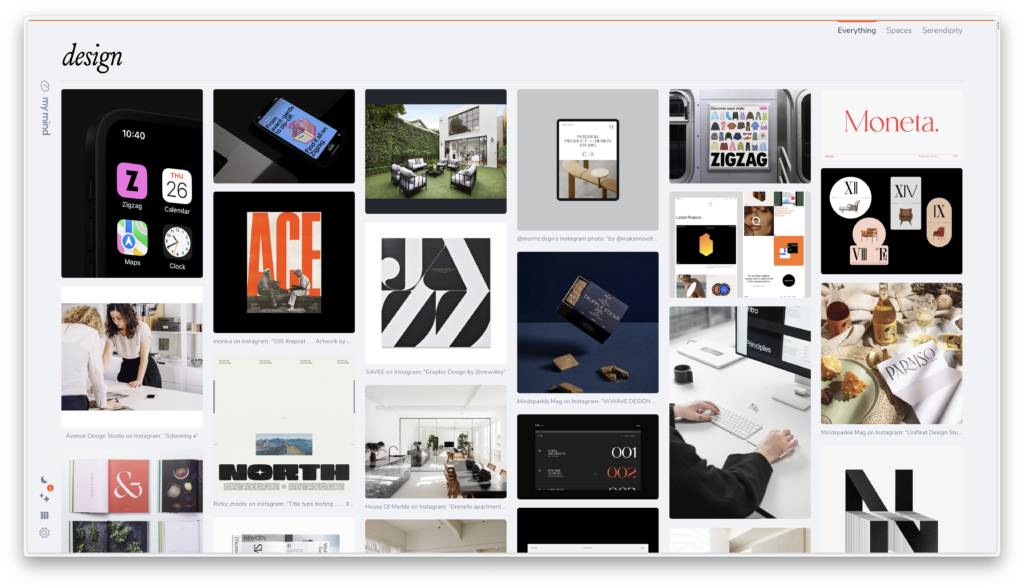
7. Track, Iterate and Improve
I know it may be hard to find time on top of everything else that you do. But if you haven’t reached the goals and objectives you’ve set out with you folio. See what’s working and what’s not working. Get feedback from your target audience/users.
It can be from hiring managers, mentors or peers.
And find out how you can improve it and iterate upon it.
Remember a folio doesn't always have to be a dedicated site, it can be on twitter, instagram, dribbble, youtube or even a figma prototype. A place that says this is who I am and this is what I do in a nutshell.
Keep tweaking things and reach your goals.
Recommended resources and further links
UX Design - The Case Study Factory







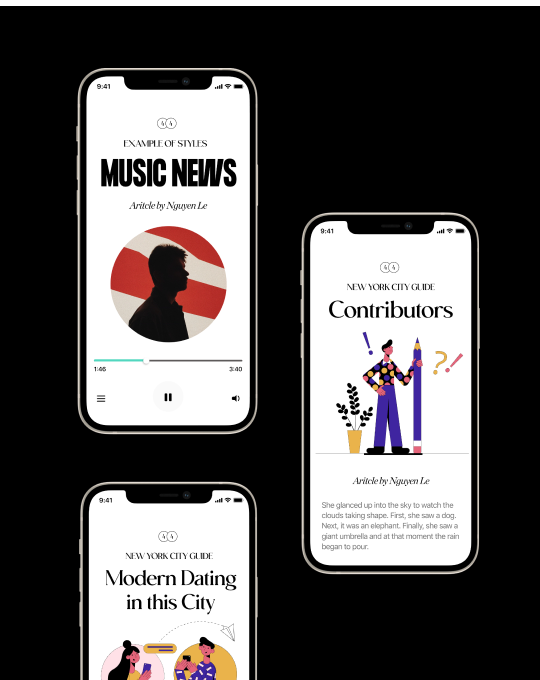






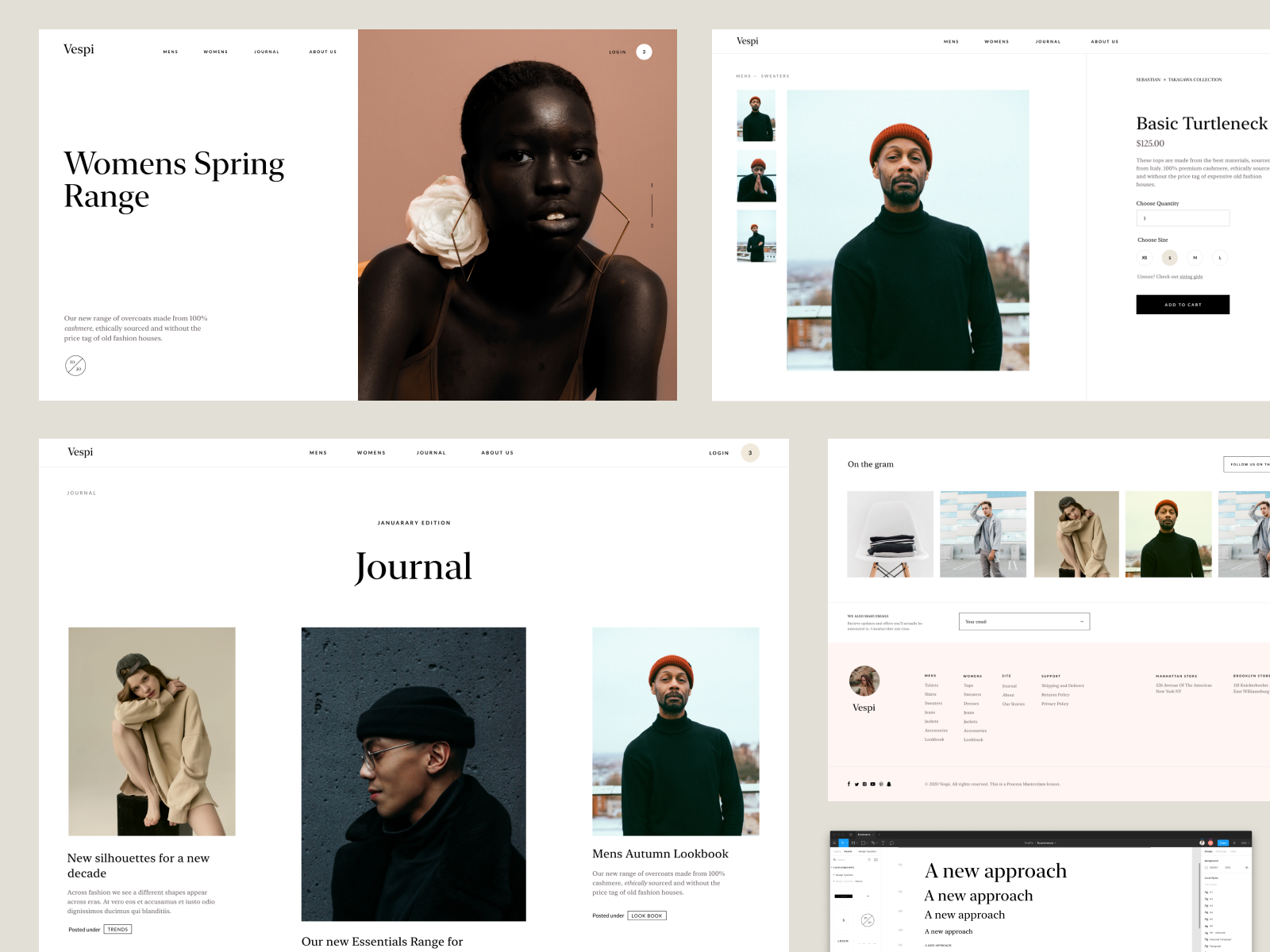

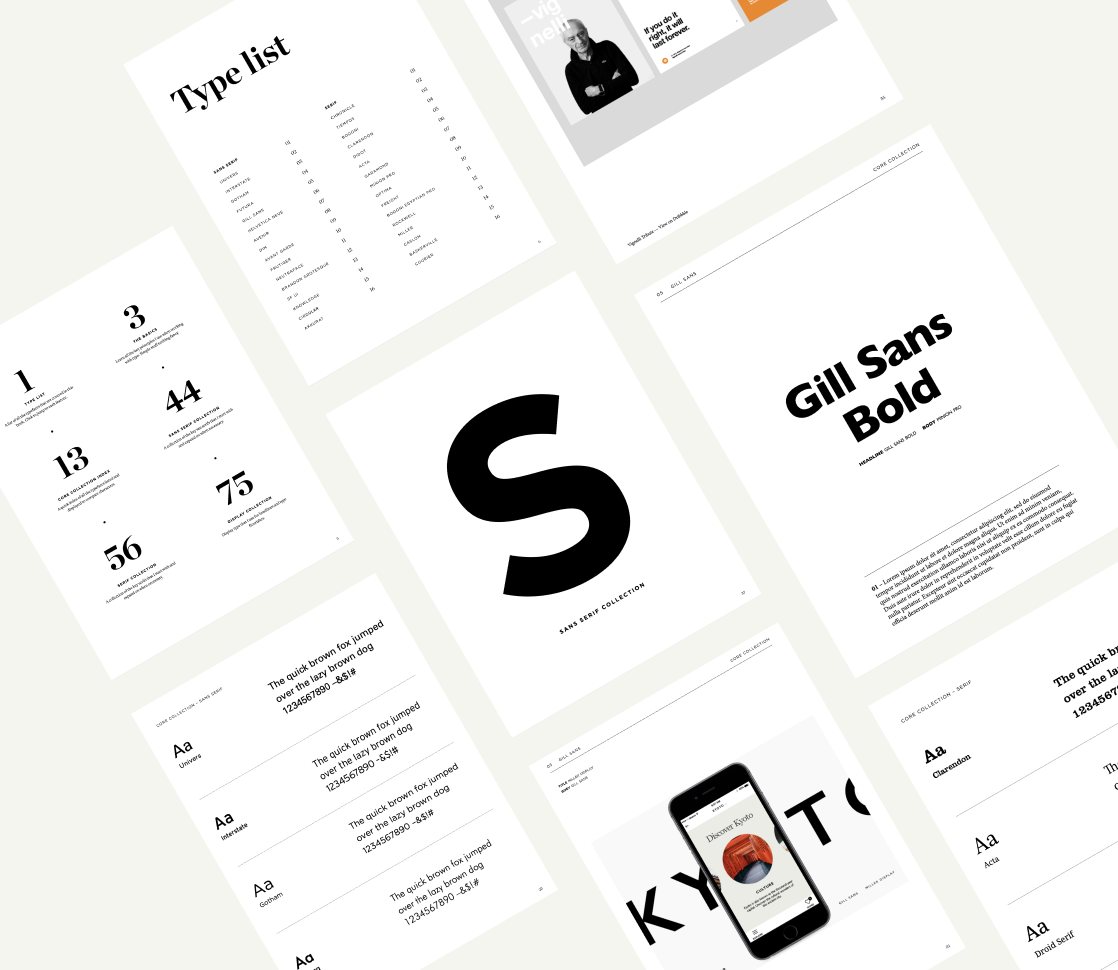
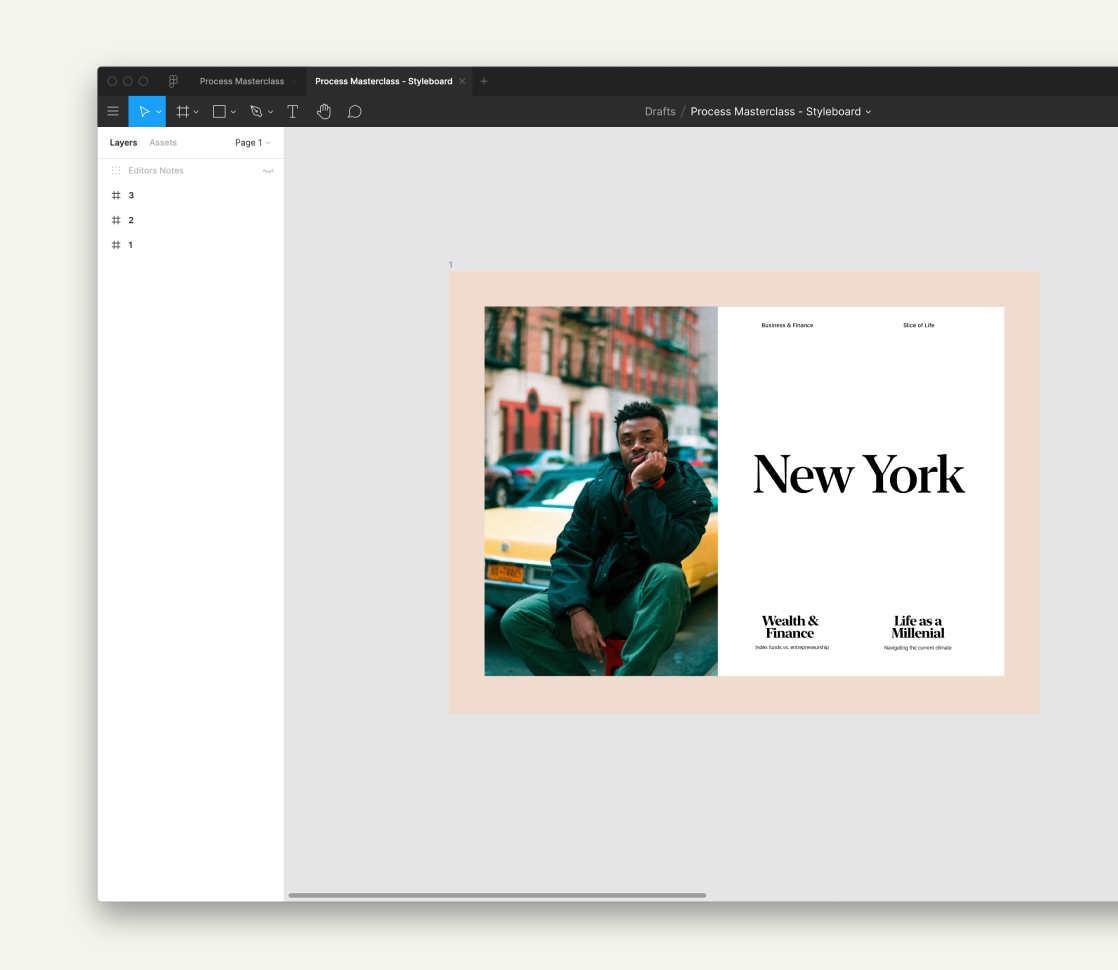
No Comments.